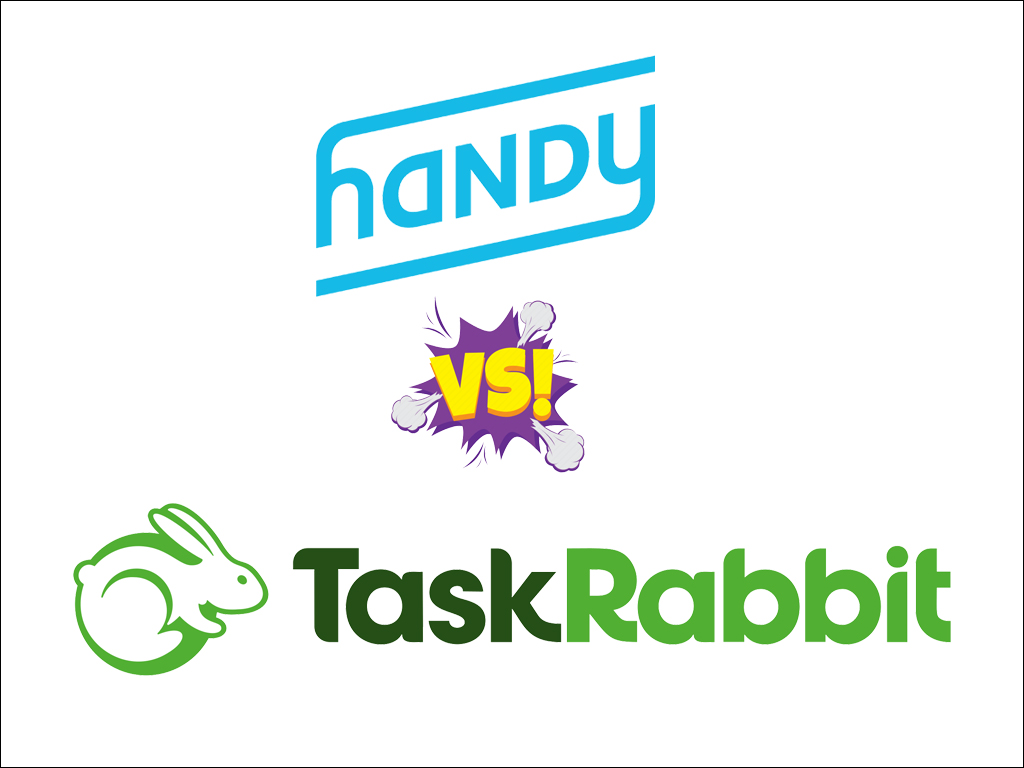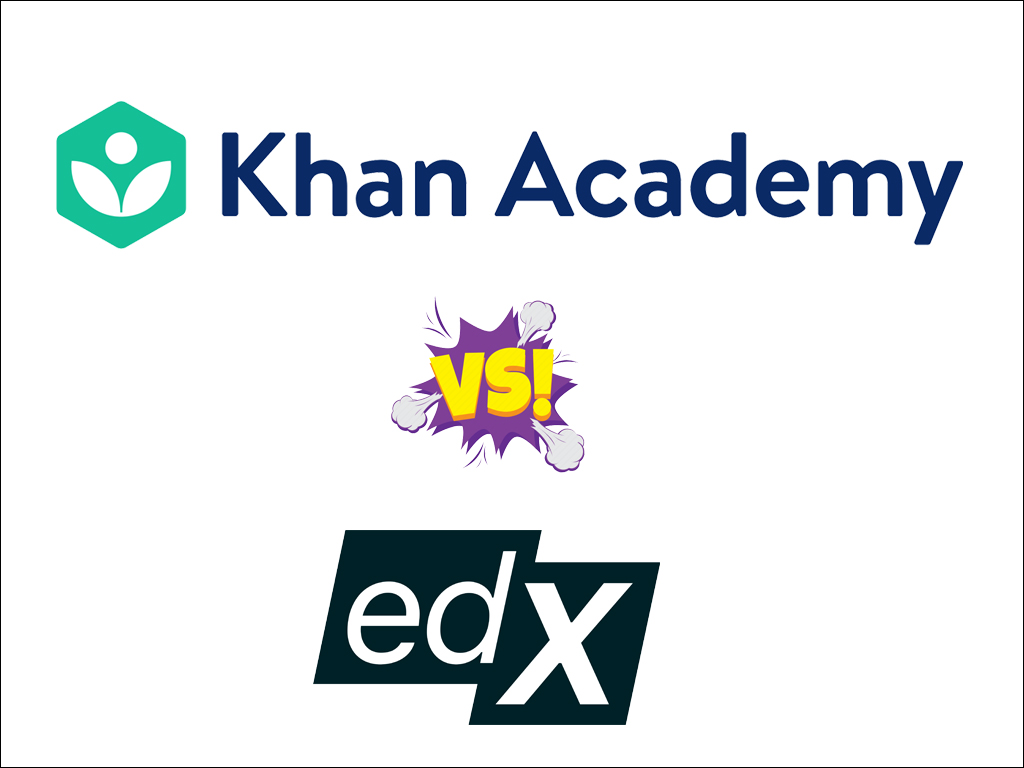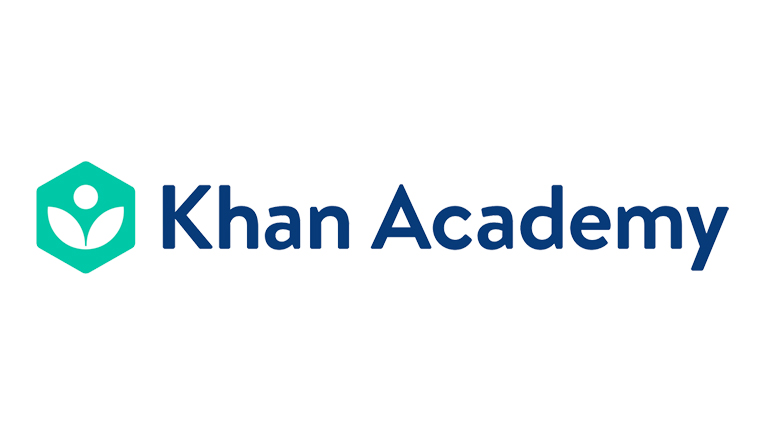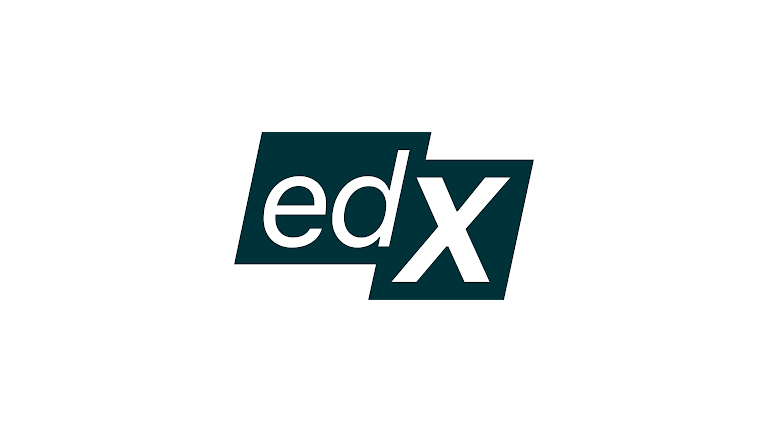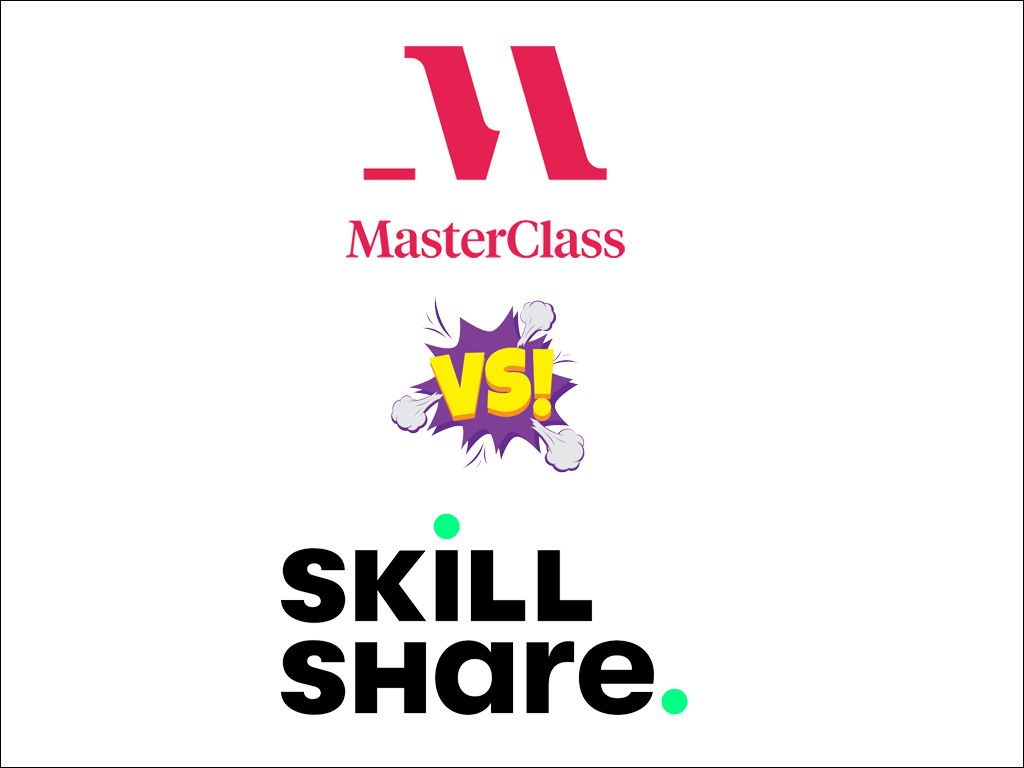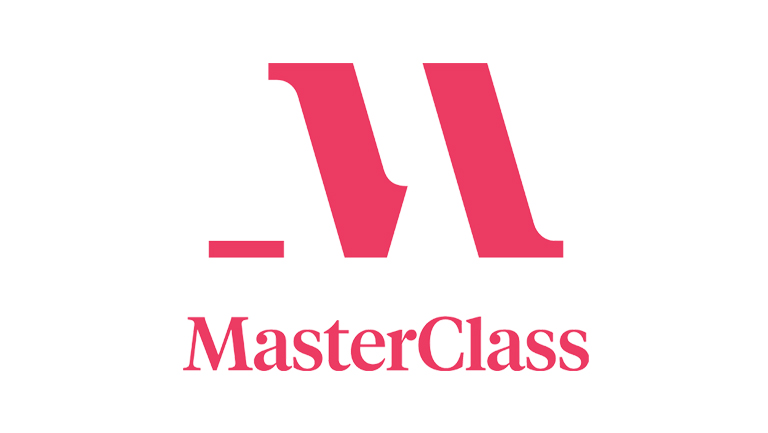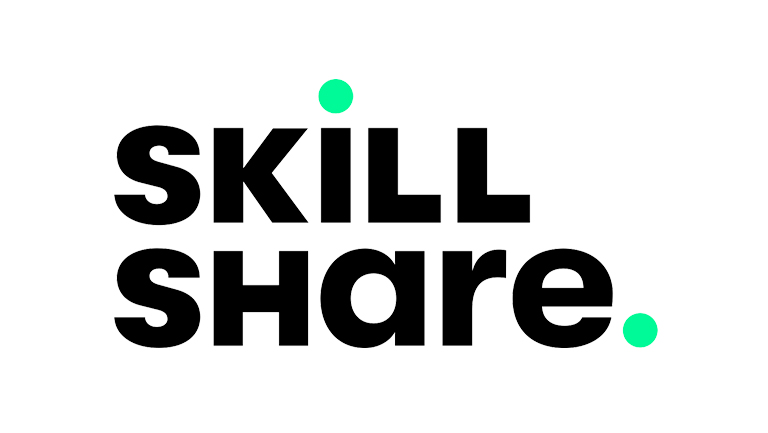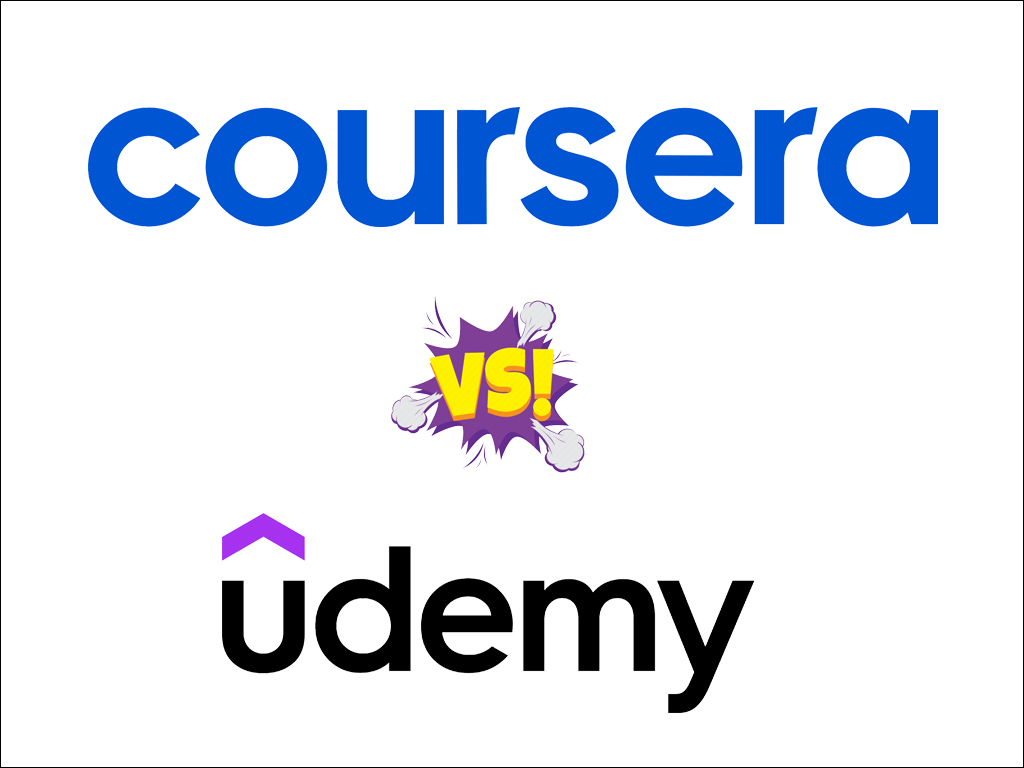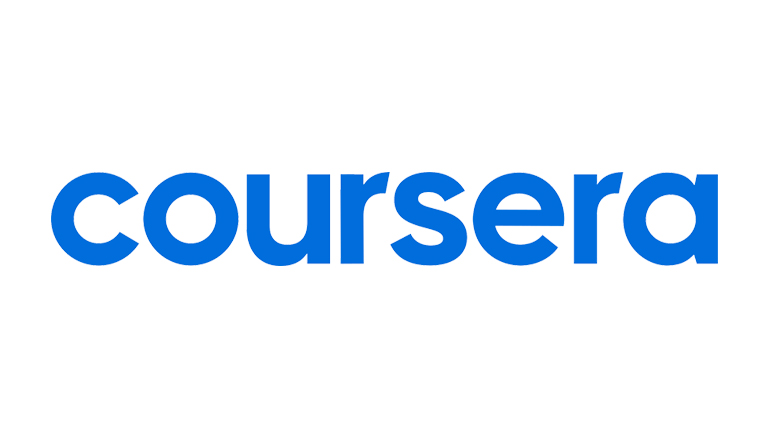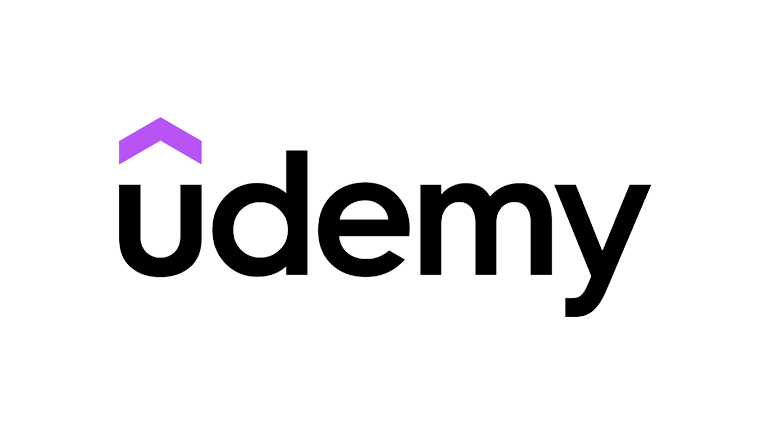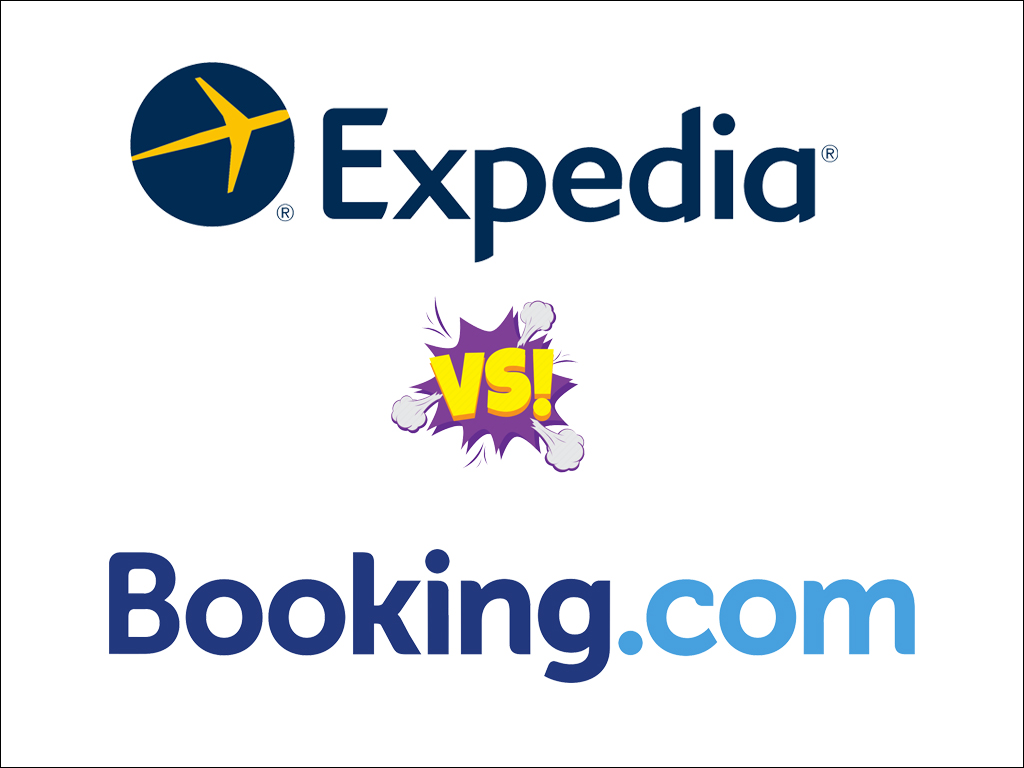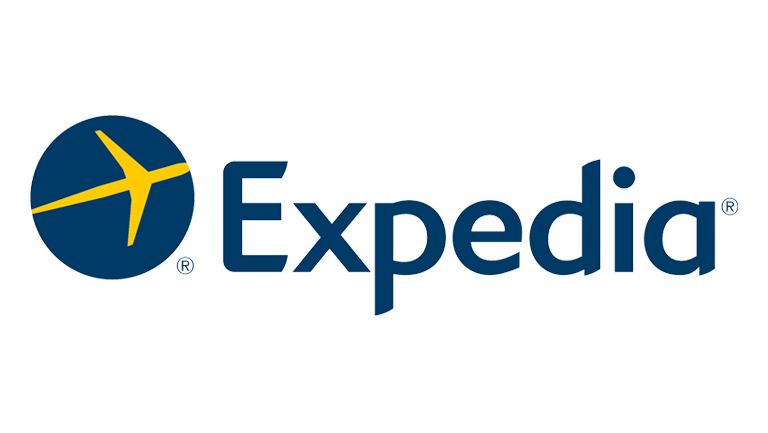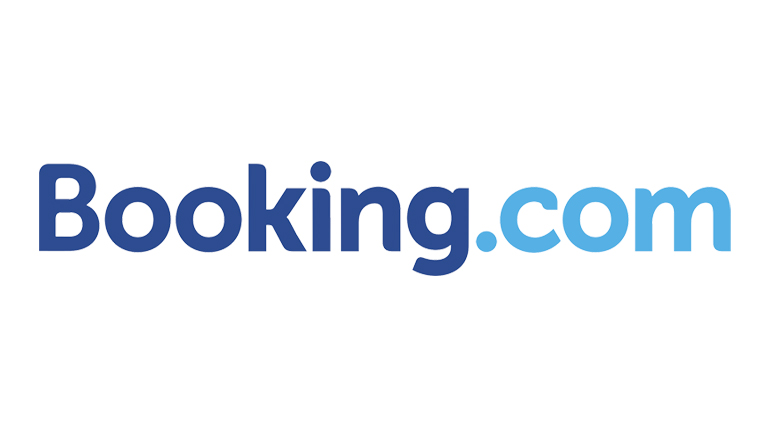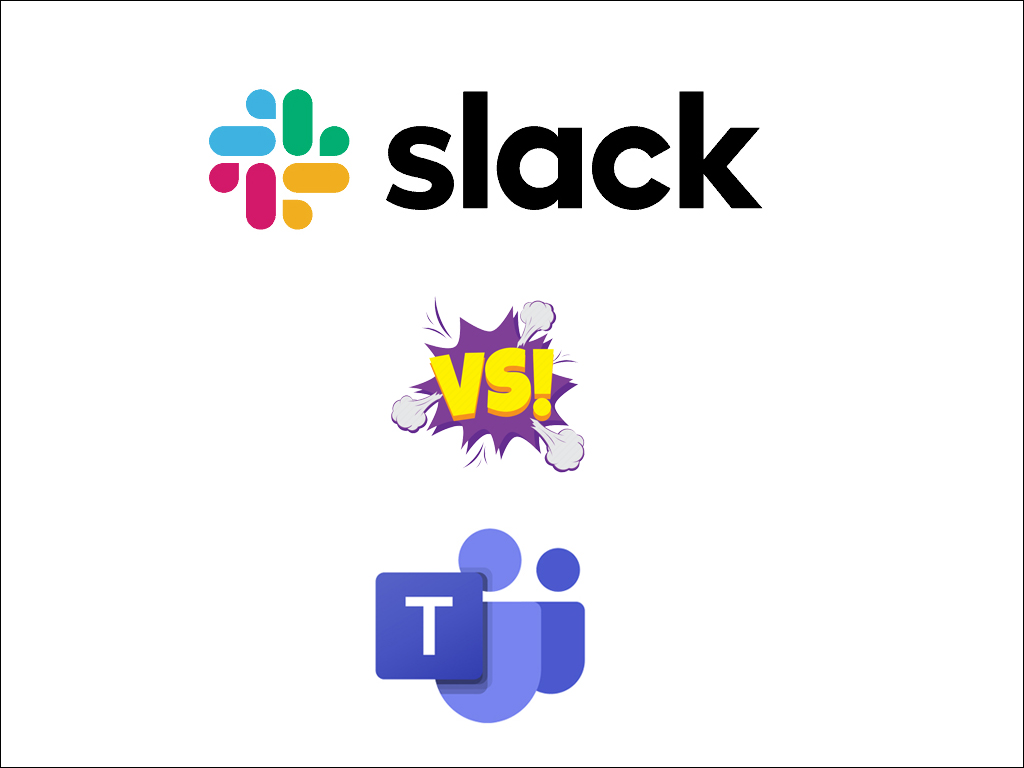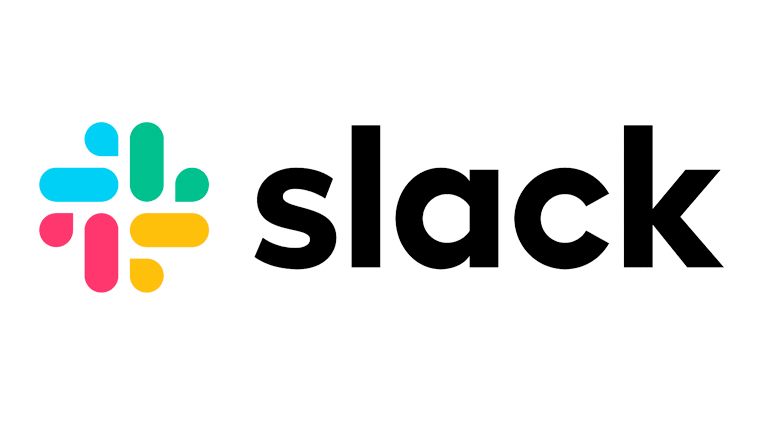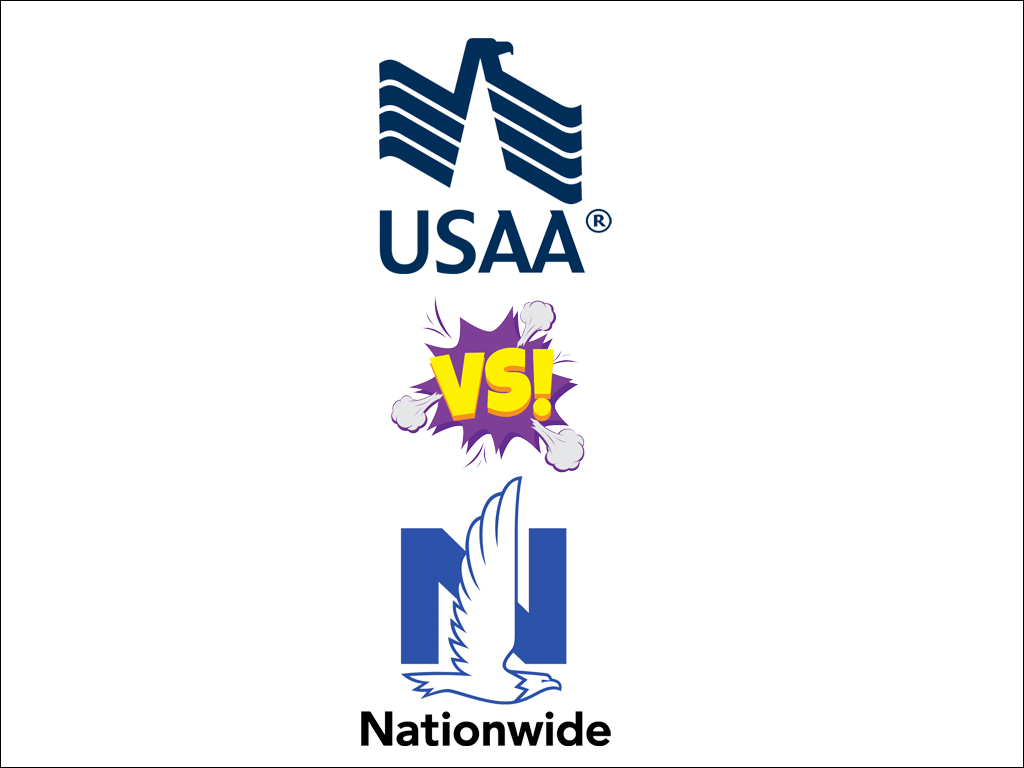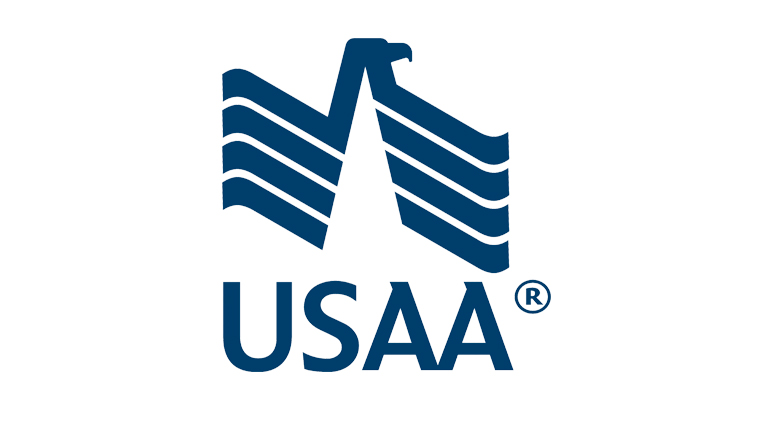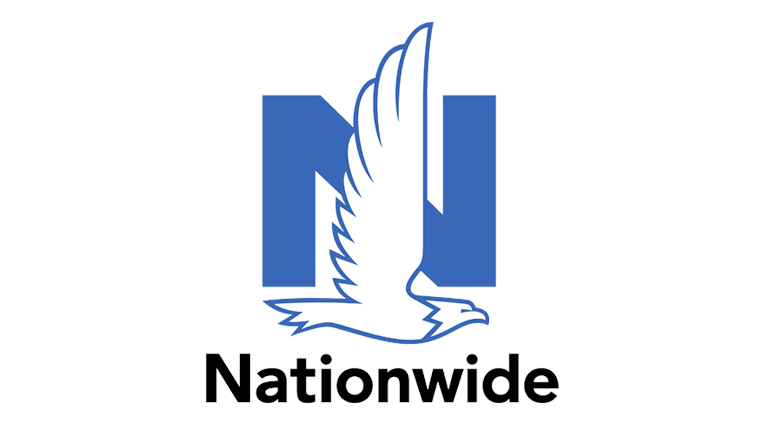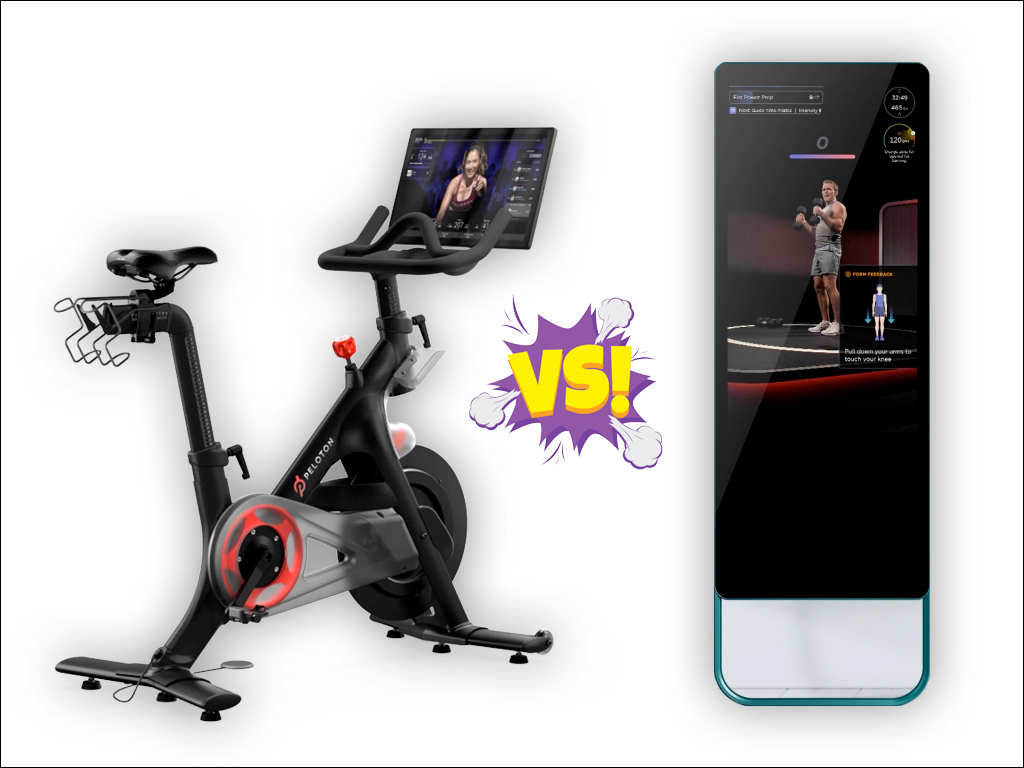Handy vs. TaskRabbit
When it comes to finding reliable home services, platforms like Handy vs. TaskRabbit have gained immense popularity. These services connect homeowners with professionals to help with tasks ranging from cleaning to furniture assembly. While both offer convenient solutions, they differ significantly in features, pricing, and overall user experience. Here’s an in-depth comparison:
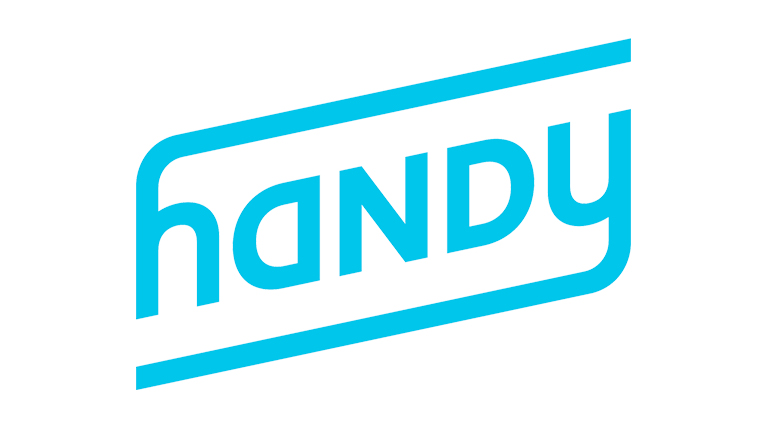
Handy
Overview: Handy specializes in home cleaning and maintenance services. With a strong focus on recurring bookings and a streamlined app interface, it’s geared towards customers seeking convenience and reliability for ongoing needs.
Key Features:
Cleaning Services: Handy offers a wide array of cleaning options, including standard, deep, and move-out cleaning.
Home Maintenance: Services extend to furniture assembly, TV mounting, and minor repairs.
Subscription Plans: Handy’s recurring cleaning plans come at discounted rates, appealing to those who need weekly or monthly services.
Booking Process: The app allows users to select dates, services, and professionals with ease. Handy assigns professionals based on availability.
Insurance: Handy provides limited damage protection, covering incidents during services up to a certain amount.
Pricing:
Cleaning services start at $29/hour for basic packages but may vary depending on location and service complexity.
Recurring plans offer up to 15% discounts.
Pros:
Easy-to-use app with straightforward booking.
Great for regular cleaning needs.
Offers background-checked professionals.
Cons:
Limited flexibility in choosing specific service providers.
Cancellation fees apply for last-minute changes.
Some customers report inconsistent service quality.
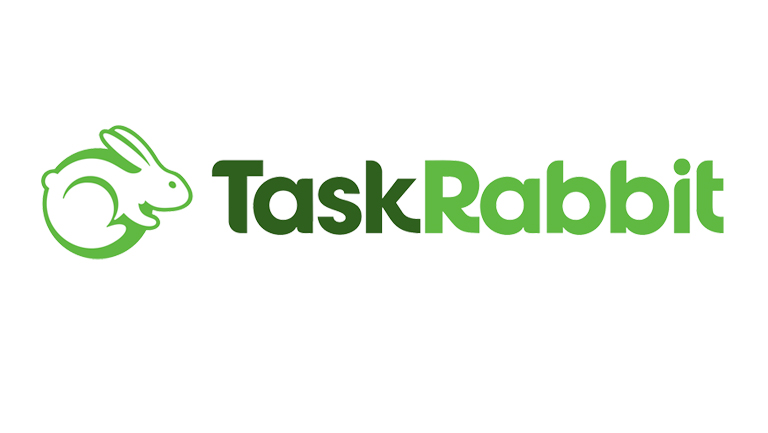
TaskRabbit
Overview:
TaskRabbit is a more versatile platform, connecting users with “Taskers” for a broad range of home and personal services. It’s ideal for one-off tasks and customized projects.
Key Features:
Diverse Services: From handyman work and furniture assembly to grocery delivery and event planning, TaskRabbit covers a wide spectrum of tasks.
Tasker Profiles: Users can browse Tasker profiles, reviews, and hourly rates before booking, offering greater control.
On-Demand Availability: Many Taskers are available on short notice, making it a good choice for urgent needs.
Customized Pricing: Taskers set their rates, allowing users to choose services that fit their budget.
Seamless Communication: In-app messaging lets users discuss details with their chosen Tasker before the job begins.
Pricing:
Hourly rates vary widely depending on the task and location but generally start at $20/hour.
Additional fees may apply for certain tasks or premium Taskers.
Pros:
Highly customizable services.
Allows users to select specific Taskers.
Wide range of services beyond home maintenance.
Cons:
Inconsistent pricing due to Tasker-set rates.
Quality can vary depending on the individual Tasker.
No subscription discounts for recurring tasks.
Side-by-Side Comparison
| Feature | Handy | TaskRabbit |
|---|---|---|
| Specialization | Cleaning and maintenance | Broad range of tasks |
| Pricing | Starts at $29/hour | Varies; starts at $20/hour |
| Customization | Limited | High |
| Recurring Services | Available with discounts | Not specifically offered |
| Booking Process | Automatic assignment | User-selected Taskers |
| Insurance | Limited coverage | Depends on individual Taskers |
Conclusion
Choosing between Handy vs. TaskRabbit depends largely on your specific needs. If you’re looking for reliable, recurring cleaning or basic home maintenance services, Handy’s streamlined approach and subscription options might be the better fit. However, if you need a broader range of services or prefer to vet your service provider, TaskRabbit’s customizable platform offers unmatched flexibility.
